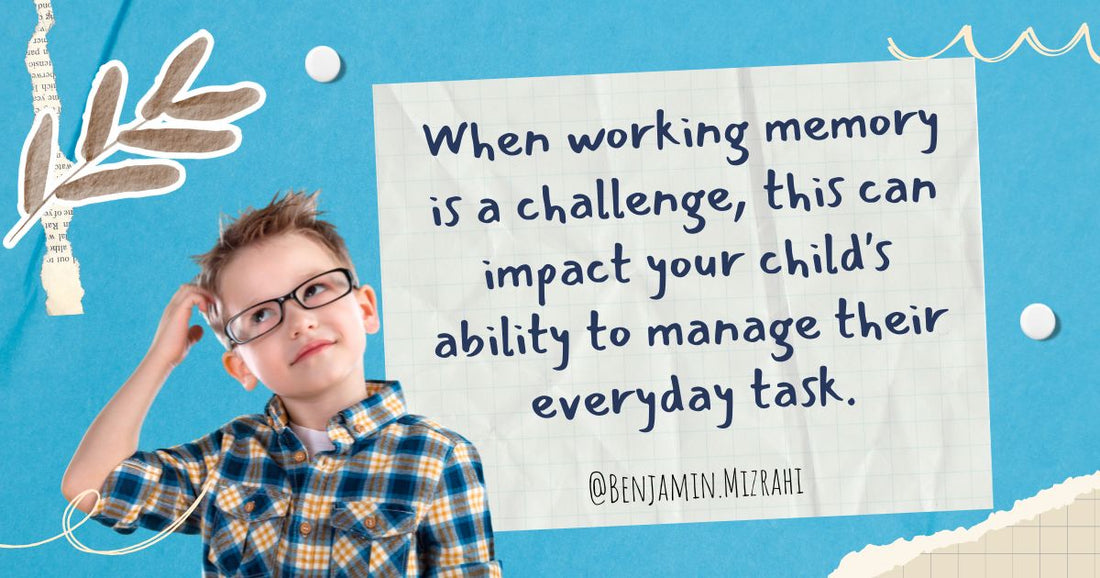
How to Improve Working Memory in Children with ADHD
Share
Working memory is what enables us to hold new information in our minds, apply previously learned information or skills to the new information, and solve problems. Unfortunately, students affected by ADHD can have difficulty holding information in their working memory. Poor working memory leads to inattention for many students.
Kids use working memory all the time to learn. It’s needed for things like following multi-step directions or solving a math problem in your head. You can help your child improve working memory by building simple strategies into everyday life.
1. Work on visualization skills.
Encourage kids to create a picture in their mind of what they’ve just read or heard. As kids get better at visualizing, they can describe the image instead of drawing it.
2. Have your child teach you.
Being able to explain how to do something involves making sense of information and mentally filing it. Ask your child to teach you a skill. This lets them start working with the information right away rather than waiting to be called on.
3. Try games that use visual memory.
There are lots of matching games that can help kids work on visual memory, like the classic game Concentration (or Memory).
4. Play cards.
Simple card games like Crazy Eights, Uno, Go Fish, and War can improve working memory in two ways. Kids must keep the rules of the game in mind.
5. Encourage active reading.
Jotting down notes and underlining or highlighting text can help kids keep information in their minds long enough to answer questions about it. Talking out loud and asking questions about the reading material can also help with working memory.
6. Chunk information into smaller bites.
Write them down or give them one at a time. You can also use graphic organizers to help break writing assignments into smaller pieces.
7. Make it multisensory.
Using multiple senses to process information can help with working memory and long-term memory. Write tasks down so your child can look at them. Say them out loud so your child can hear them. Using multisensory strategies can help kids keep information in mind long enough to use it.
8. Help make connections.
Help your child form associations that connect different details and make them more memorable. Finding ways to connect information helps with forming and retrieving long-term memory. It also helps with working memory, which is what we use to hold and compare new and old memories.
Coach Benjamin Mizrahi. Educator. Learning Specialist. Family Coach. Father. Husband.
More articles on Mr Mizrahi's Blog - Benjamin Mizrahi
